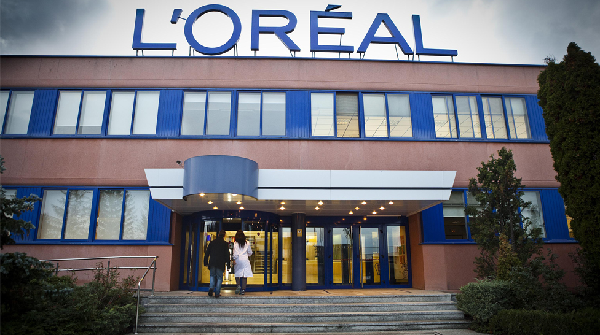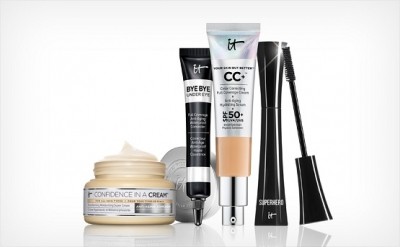A look at L’Oreal’s developments in EMEA in 2016

Looking back over the last nine months, it’s apparent that investment in predictive test methods and sustainability has been at the forefront of L’Oréal’s priorities.
While the skin has long been a key focus for the Paris-headquartered firm, it has been ramping up its commitment to the area of cell culture and stem cell biology of late.
Cell science in focus
Quite early on in the year, L’Oréal affirmed its continued commitment to the field of skin reconstruction by broadening its research scope to tissue engineering and human skin.
This involved the signing of a new scientific collaboration with the Instituto D’Or de Pesquisa e Ensino, who it has been working with since 2012 onnew possibilities in tissue engineering to combine 3D biological models with microfluidic technology.
Natural alternatives
Two months later, the beauty mammoth had announced it was backing a group of French scientists in research that incorporates ‘Molecularly Imprinted Polymers’ as a deodorant for cosmetic formulations.
What makes this research interesting is that this is the first time that MIPs have been incorporated into any kind of cosmetic formulation and a natural alternative to the likes of tryclosan and chlorhexidine in anti-perspirants and deodorants is very much welcomed.
Green credentials
By June, L’Oréal had further turned its focus to becoming greener - backing a programme focused on developing the first bio-isobutene plant.
In a joint venture with Global Bioenergies, Cristal Union and IBN-One, the cosmetics player signed a 44-month industrial and commercial project that aims to bring the facility online.
Isobutene is a colourless and odourless gas normally derived from petroleum and natural gas commonly used by the cosmetics industry as a replacement for CFCs in aerosol hairsprays and some deodorants.
The 15 million tons of isobutene produced globally every year relies on fossil resources thus, the quest to find a more sustainable and eco-friendly means of production is calling for major industry players to get involved.
Tackling bead bans
Finally, L’Oréal announced it was ahead of its self imposed schedule to reformulate certain products to eliminate microbead use in August.
The announcement specified that the company’s commitment to remove the beads - contentious due to their negative impact on the environment - is limited to its rinse-off products.
Reps at the time announced that "80% of reformulation had been completed and 100% of our rinsed off products will be reformulated by the end of 2016, ahead of our forecasts."
What the powerhouse will achieve in these last few months of the year is anyone’s guess, but from its efforts so far, L'Oréal's pace of innovation and change shows no sign of letting up.



















